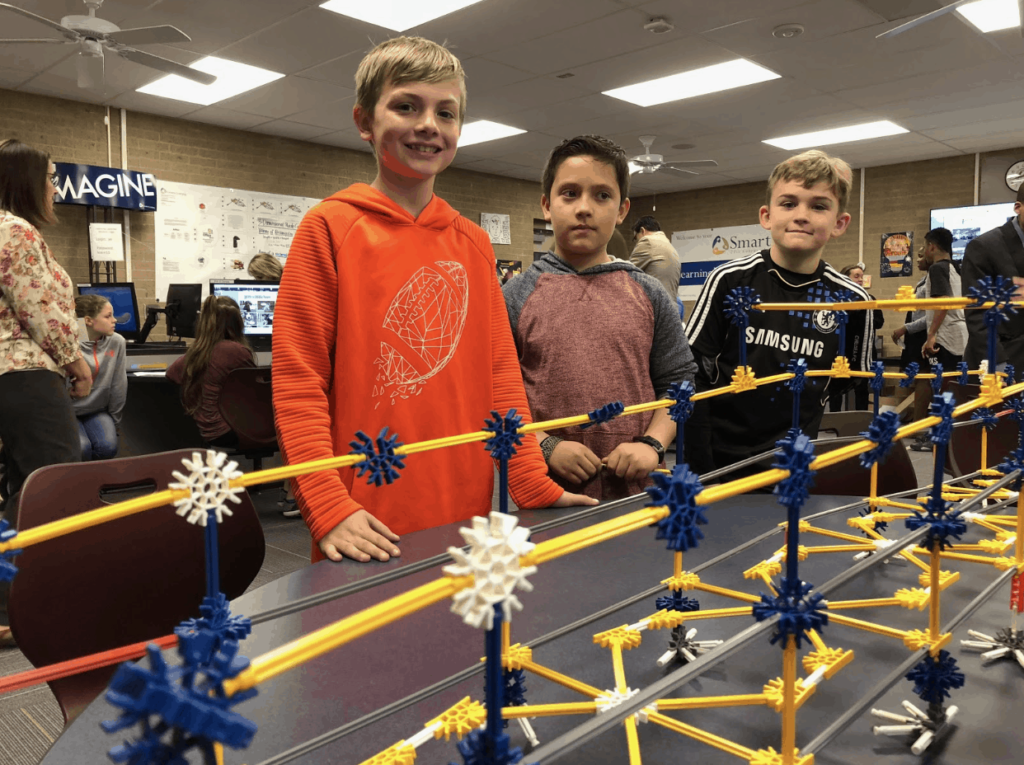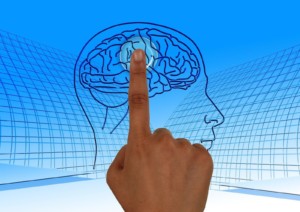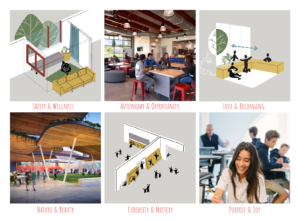Building the Cognitive Muscles to Thrive in the Automation Age

The Information Age was a four decade long global sprint to incorporate information technology; the World Economic Forum calls it the Third Industrial Revolution. It changed how we live, work, play, and, just in the last few years, how we learn.
We’ve entered a new era with new learning priorities and opportunities. We’re only a few years into this automation age (WEF calls it the Fourth Industrial Revolution) but it is becoming clear that it’s changing the nature of work and skills required for contribution.
Living in this new era requires us all to learn for a lifetime and, starting at an early age, to take charge of our learning, and direct it for life.
A few intrepid educators spotted the potential for technology-enhanced learning in the 1990s: productivity tools (word processors and spreadsheets), computer games, digital curriculum, and, perhaps most profound, online research. Search tools on the World Wide Web flipped the education challenge from scarcity to abundance, from memorize to synthesize. Instead of a few people sorting limited choices, it’s often up to individual learners to weigh the veracity of claims.
The first online programs extended access to students and families that need new options. As portable computers became available, early adopters created blended and personalized learning environments. Adaptive software helped chart individual learning journeys.
With philanthropic support, a few advocacy groups including iNACOL led the information age learning revolution, first with online learning, then blended and personalized learning. Contributions included field building, convening, and pointed to quality and equity.
The New Opportunity in Student-Centered Learning
Six global trends are framing the new opportunity for student-centered learning. They build on the progress made in blended, personalized, and competency-based learning and add updated goals and learner voice and choice.
| Narrow goals: often limited to literacy and numeracy, which are necessary but insufficient for success in college and careers | Broader aims: a graduate profile that incorporates the knowledge, skills, and habits of success |
| Fixed mindset: beliefs and biases that result in different expectations for students and often become self-fulfilling prophecies | Growth mindset: an appreciation that capability grows with effort |
| System-centric: education is done “to” students, rather than placing the student at the center | Learner agency: students are engaged in their own success, their interests and skills are incorporated into the learning process |
| Time bound system: advanced students are bored, struggling learners advance unprepared for what’s next | Personal progress: learners get time and support to succeed and move on after demonstrating mastery |
| Mixed messages: grades are often averages over time combining effort, achievement, and extra credit–not a reflection of mastery | Clear feedback: learners receive frequent and detailed feedback on growth |
| Confined education: learning is primarily confined to the four walls of the classroom | Community learning: learning happens at school, home and in the community anytime |
The Nellie Mae Education Foundation says student-centered learning engages students in their own success—and incorporates their interests and skills into the learning process.
This new era requires that we build student agency–that we put learners in the driver’s seat–for three reasons:
- Confidence in the face of complexity: developing attack skills (problem solving, design thinking) for new situations. Learners build confidence and pattern recognition skills by experiencing success in many different settings.
- Initiative in the face of opportunity: learning to take initiative, to shape impact opportunities including projects, campaigns, and startup organizations.
- Self awareness in the face of diversity: becoming self aware, learning to read social situations and build relationships, collaborating through difficult situations.
Worksheets don’t build growth mindsets, entrepreneurial mindsets or social and emotional intelligence. These new-era cognitive muscles are built through extended challenges, community-connected work, and a culture of strong supports and rich feedback.
Developing new and transformed learning environments will require thoughtful leadership, rich professional learning experiences, and networks of educators committed to working together for student success. It’s time to build new community agreements in support of student-centered learning–it’s the new opportunity.
For more see:
- Agreement Crafting: The New Work of EdLeaders
- 8 Things to Look For in a Student-Centered Learning Environment
- Leading A Student-Centered Agenda: 10 Lessons from Mark Benigni
- Student-Centered Design-Focused Learning at a Student-Led School
This post was originally published on Forbes.
Stay in-the-know with all things EdTech and innovations in learning by signing up to receive our weekly newsletter, Smart Update. This post includes mentions of a Getting Smart partner. For a full list of partners, affiliate organizations and all other disclosures please see our Partner page.







Smart Ideator
Indeed, nowadays spreading of AI in order to help humans to cope with complicated tasks in almost every field is a common thing. Tech progress is above biological. And this process is unstoppable. In the future, we all will face up with super genetically improved superhumans. It is hard to predict and describe what a human being would be looked like and what features and capabilities he would possess.
Good luck!